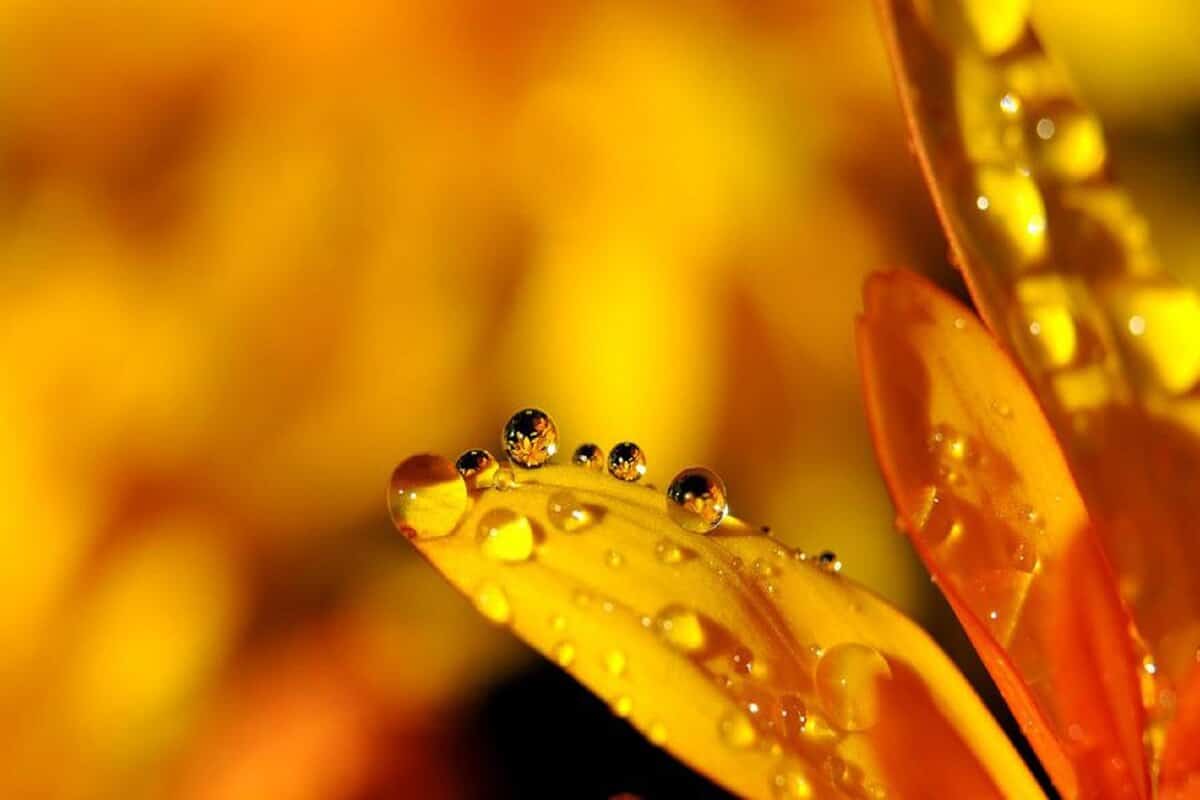
Clean water may become unavailable due to energy shortages, war, or any other critical situation. That is why it is vital to make a water supply that will cover your needs.
Water shortages can last long due to a great number of reasons. In this circumstance, having a storage of clean water that meets your most pressing demand is crucial. If the water is not purified or stored properly, it can develop different hazardous pathogens. Contamination from particular types of plastic utensils is another danger.
Many natural disasters that leave you stranded at home cut off clean and safe water supplies. Whether it’s an earthquake, tsunami/flood, fire, terrorist attack, or any other natural or man-made disaster, access to safe drinking water is essential to saving lives. Needless to say, that proper water storage should be a top priority.
Water From the Bottles
In a crisis, water in the bottles from the shop is the most efficient and easy-to-keep source. In case you can’t get sealed water the usual tap water can be transformed into one, that will be safe to use for different purposes.
Quantity of water
- Store approximately 3,5 liters of water per person in your group. Don’t forget about pets. They will also need clean drinking water.
- If at all feasible, keep a supply for three weeks on hand.
- It is recommended to have extra water for hot weather, elderly and sick people.
- Keep an eye out for the date of expiration on sealed water bottles.
- Replace them regularly (every six months).
Don’t forget to have some liquid disinfectant for water purification.
A proper container
It is recommended to prepare a variety of containers of various sizes. While a tank or barrel can be a wonderful way to store large amounts of water, what if you suddenly need to take only what you can carry and go to another place where you are safe? What if old, weak, or sick people are left on their own and have to carry large volumes of water? It is better to have containers of different sizes in stock, which will fit in any unforeseen circumstances.
Also, they should be made from food-grade plastic. Such types of vessels do not leach harmful chemicals into the water. You can find them in tourist stores. If you can’t use such a container for your safety water storage, make sure it has the following features:
- Has a safety lid.
- Is produced from materials that can last longer and do not break easily
Never ever use the vessels that held poisonous toxic substances in the past.
Preparing a container
Disinfect water storage containers thoroughly before filling them with water. Try and follow these useful instructions:
- Rinse the storage container well with water after washing.
- Fill it with sanitizing solution, cover it safely, and give it a good shake.
- Allow the empty cleaned container to air dry before using it.
- Fill the clean vessel with water and close it safely.
How to remove water properly
- When taking safe water from the storage container, use clean tools to prevent cross-contamination.
- Do not put your hands in the water.
Other useful ideas
The location of your water storage should be dry and cool. Containers, particularly those made of plastic, can be damaged by light and heat. In translucent containers, direct rays of the sun can cause algae or mold to develop.
Plastic containers should not be kept near chemical items such as gasoline, kerosene, or insecticides. Some plastic vessels allow vapors to leak through and pollute the water.
Do not store water outside where it can freeze. An ice block is of no use when you don’t have the heat to melt it. The only exceptions are those who live in regions with a very hot climate, they can store a small amount of water in the freezer, as it will melt in the heat.
In case of an emergency evacuation, keep a three-day supply in compact containers near an exit. If you need to utilize your emergency supply, keep open water containers in the fridge or somewhere cold.
We hope these tips gave you the idea of how to store clean water supply properly. Stay safe!




